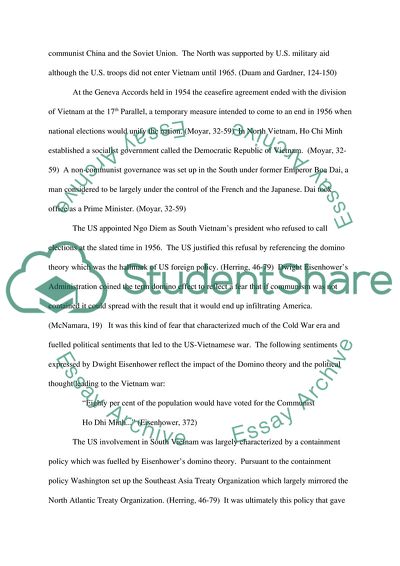Cite this document
(The United States in Radical Vietnamese Anti-Colonial Discourse Case Study - 1, n.d.)
The United States in Radical Vietnamese Anti-Colonial Discourse Case Study - 1. Retrieved from https://studentshare.org/military/1711884-how-can-we-explain-americas-involvement-in-the-vietnam-war-to-what-extent-did-america-get-it-wrong-terribly-wrong
The United States in Radical Vietnamese Anti-Colonial Discourse Case Study - 1. Retrieved from https://studentshare.org/military/1711884-how-can-we-explain-americas-involvement-in-the-vietnam-war-to-what-extent-did-america-get-it-wrong-terribly-wrong
(The United States in Radical Vietnamese Anti-Colonial Discourse Case Study - 1)
The United States in Radical Vietnamese Anti-Colonial Discourse Case Study - 1. https://studentshare.org/military/1711884-how-can-we-explain-americas-involvement-in-the-vietnam-war-to-what-extent-did-america-get-it-wrong-terribly-wrong.
The United States in Radical Vietnamese Anti-Colonial Discourse Case Study - 1. https://studentshare.org/military/1711884-how-can-we-explain-americas-involvement-in-the-vietnam-war-to-what-extent-did-america-get-it-wrong-terribly-wrong.
“The United States in Radical Vietnamese Anti-Colonial Discourse Case Study - 1”, n.d. https://studentshare.org/military/1711884-how-can-we-explain-americas-involvement-in-the-vietnam-war-to-what-extent-did-america-get-it-wrong-terribly-wrong.


